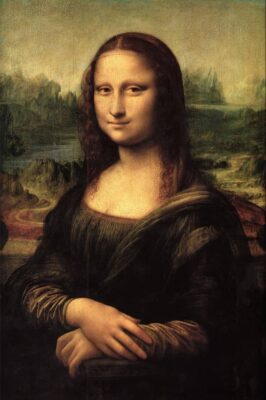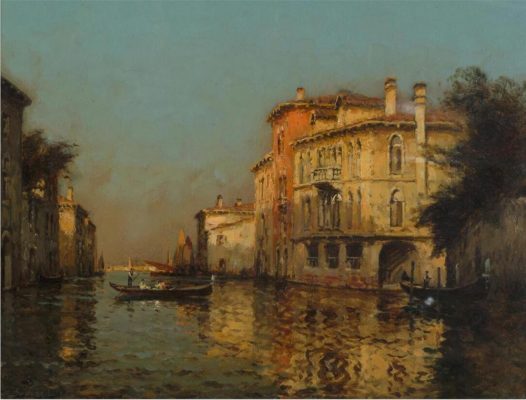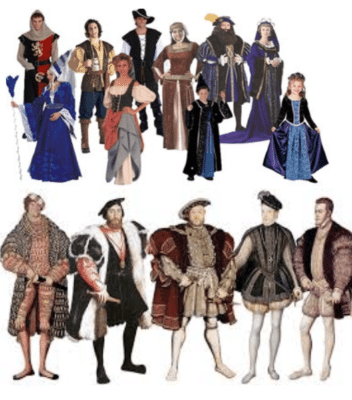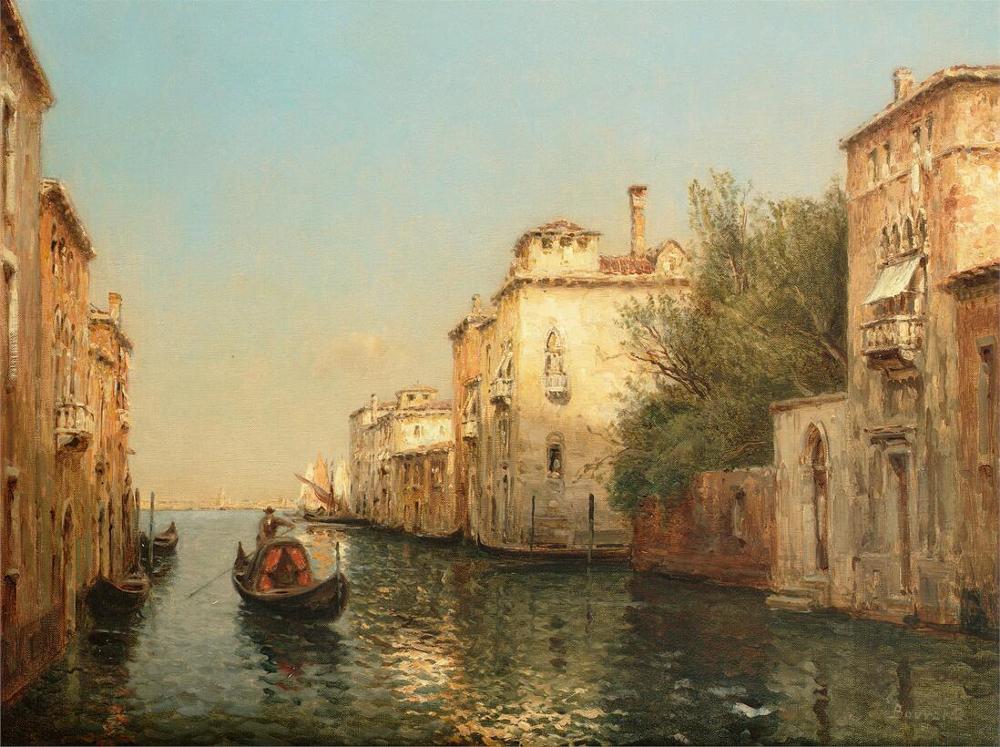Renaissance
Renaissance
The 15th century was an age of flux, marked by the schism in Christendom, the Black Death, and the Hundred Year War. During this period, the Italian artists continued to develop a style which emphasized movement and freedom from convention. This was the Golden Age of Italian art.
A new style of painting emerged in Italy during the Renaissance period. A number of painters of that era are still revered by artists of today. These painters and sculptors were primarily focused on what they called the “sublime.” That is, they were influenced by many different disciplines such as philosophy, religion, psychology, and architecture. Through their influences, their art has become synonymous with the Renaissance.

What is the Renaissance?
Renaissance was a period in European history marking the transition from the Middle Ages to modernity and covering the 15th and 16th centuries.
In 1750’s, French writer, Jean le Rond d’Alembert defined the Renaissance as the period between the years 500 and 1300. The Renaissance period saw an expansion in the repertoire of Italian art. The artists of that period developed a new style that was to become known as “Renaissance art.”
This uniformity impaired the output of the artists. One of the effects of this was that the best of the artists of this period were those who were least skilled and most innovative. The term “Renaissance” was applied to this art because it had a many of parallels with Byzantine architecture. This new art was a much lighter style, and it seemed to derive from the minds of the ancient Greek painters.
What is more, the “Renaissance” was also noted for the freedom with which it was done. This freedom was given by the artists, because the Byzantine school of art was much more regimented and formal.
The Impact of Venice on Italian Fashion
The Renaissance was also a period of big change in Europe. This was due to the Black Death that devastated much of Europe in the Middle Ages. At this time, Europe had fallen into a funk that had stunted its growth. During the Renaissance, this began to change. Europe once again began to flourish. The Italian cities of Venice and Genoa began to flourish. At the same time, the Renaissance movement began to spread throughout Europe. Venice and Genoa were the two biggest Italian ports at this time. Between them they were then responsible for a fifth of Europe’s imports and exports. But it wasn’t just Italy that was undergoing a change, as was shown by a change in the fashion trends.

Italy was the last place in Europe that the fashion trends were affected. It wasn’t until Venice that the fashion trends changed in Florence. Venice was now the place to be in Europe for fashion styles. Florence was now the place to be for imports. That is what was happening. And yet Florence was also undergoing a change.
Florence had a high standard of living and was therefore having some effect on the Florentines. But Italy as a whole was experiencing a change. Every town and city in Italy was experiencing a change. It was as if the Renaissance movement had taken place in all of Italy.
At the same time, throughout Europe, the Renaissance movement was having an effect on the populace. Even if only a very few artists were aware of it.
As Italy experienced a change, so did the fashion in Italy. Florence had an impact on the fashion in Italy, not just by the imports from Venice, but by imports from the other Italian ports of Trieste, Parma and Venezia Verona. Even if they were not aware of the imports from Trieste, Parma and Venezia Verona, the common man in Florence could see the impact of the fashion in Florence and could imitate it.
However, no Italian port would be able to match Venice. The fashion in Venice was a universal fashion. The impact of Venice on fashion in Italy was as great as the impact that Venice had on fashion in the rest of Europe. Indeed, the impact of Venice on Italian fashion was greater than that of Venice had on fashion in France or England.
Not only did Venice import vast quantities of Italian fashion, it also had an impact on the Italian fashion that was imported from other Italian ports. This meant that for every fashion style imported from Trieste, Venice had imported a slightly different version of the same style.
This was not an isolated effect. Venice had a similar effect on fashion in Venice and Trieste. All three Italian ports had imported a fashion style that was slightly different from the fashion style in Trieste. Even if the style imported from Trieste was slightly different from the Italian fashion imported from Venice, all three ports had imported the style in some form.
The Italian fashion imported from Trieste was generally a little more fashionable than the Italian fashion imported from Venice. Even if the style imported from Trieste was more fashionable than the Italian fashion imported from Venice, all Italian ports were importing the Italian fashion style in some form.


